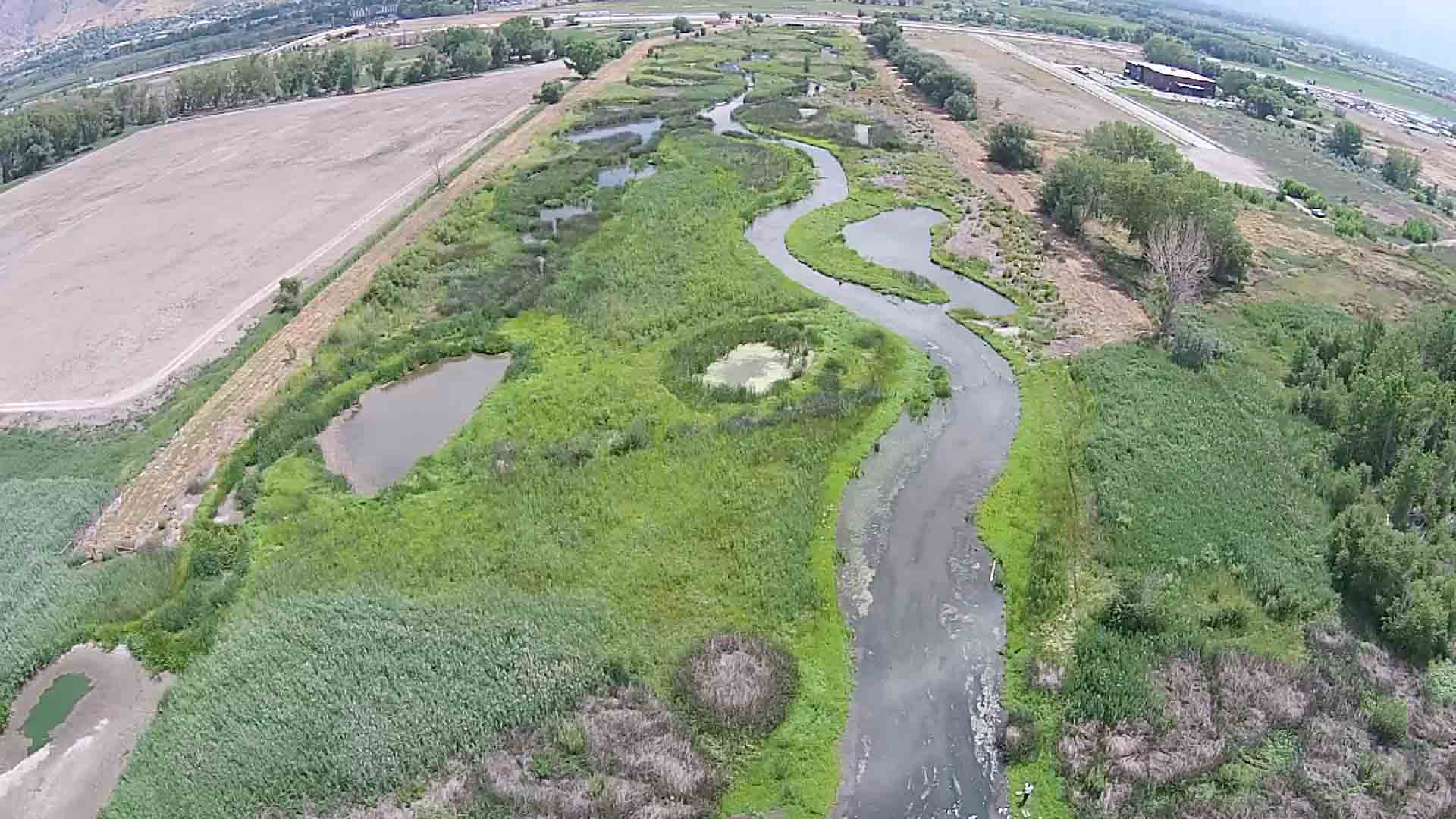Wildlife/Waterfowl Management Areas (WMAs)
What are they and what is their purpose?
Hobble Creek WMA
Wildlife Management Areas and Waterfowl Management Areas (both WMAs) are properties owned and managed by the Utah Division of Wildlife Resources for the following purposes:
- Conserving critical wildlife habitats
- Helping to minimize and mitigate wildlife depredation on private property
- Providing places where Utahns can go to hunt and fish
Currently, there are 194 WMAs throughout Utah, totaling over 500,000 acres, or 780 square miles. Each WMA ranges in size from a couple dozen acres to over 50,000 acres.
Since the 1909 purchase of property to establish the state's first fish hatchery, the division has acquired land to support Utah's fish and wildlife. The Division first established WMAs in Utah in the 1920s to provide winter ranges with feed and shelter to help deer and other big game animals survive in the snowy, winter months. The Division and its partners manage these lands and implement habitat projects to help provide food and water to maintain healthy wildlife populations.
List of all Utah WMAs
Use the "Show/Hide columns" button on the right to choose which columns to display. You may scroll the chart vertically and horizontally.
Each WMA operates according to its own habitat management plan. Some WMAs and portions of WMAs are closed to the public, while others have limited access during certain times of the year. Unlike other public or state-owned lands, WMAs are not multi-use lands, and the types of recreation allowed are limited. For details about whether you may enter a Utah WMA or what you are allowed to do there, check the Wildlife Recreation Access Maps.
For WMAs that allow public access, use of these lands, including for camping (where it is allowed) is free of charge.
WMA FAQs
How does the DWR manage WMA properties?
For most WMAs, their primary purpose is to provide a winter range for wildlife — an area with food and shelter to help the animals survive the winter months. The Division works year-round and implements various projects with Utah's Watershed Restoration Initiative to ensure there is sufficient vegetation and healthy watersheds in these areas.
For areas that have been ravaged by wildfires, the Division rehabilitates the land, clearing charred bush and reseeding the ground. In many cases, the Division will take preventative measures to reduce future wildfires, including removing excessive conifer trees and other flammable items.
Where does the funding come from for WMA maintenance and purchases?
One of the main funding sources is the U.S. Fish & Wildlife Service's Wildlife & Sport Fish Restoration Program. This program was created through the 1937 Pittman–Robertson Federal Aid in Wildlife Restoration Act and the Dingell-Johnson Sport Fish Restoration Act of 1950. Much of this funding comes from an excise tax on hunting and fishing equipment.
Additional funding comes from the sale of hunting and fishing licenses and permits, which is why hunting and angling are the primary recreational activities allowed on these lands. Thus, individuals who enter WMAs with the intent of hunting or angling there help pay for their use.
What am I allowed/not allowed to do on a WMA?
Hunting and fishing are activities that are allowed on WMAs, but visitors should note that some WMAs are closed during certain times of the year so that wildlife aren't disturbed.
Because WMAs are primarily intended to provide food and habitat for wildlife and are not established as multi-use public lands, they are not well suited for many other forms of outdoor recreation, including off-roading, mountain biking, etc. On some WMAs, these activities are prohibited, while on other WMAs, they may be allowed but only in certain areas. Check the Wildlife Recreation Access Maps for each WMA's rules and regulations before planning a visit. Information about each WMA is also posted at the entrances.
What can I do to help the DWR care for WMAs?
Recent incidents of vandalism, littering and other criminal activity, as well as overcrowding, have caused issues at some WMAs and have led to closures. In addition, wildfires caused by target shooting have caused additional closures and destroyed necessary habitat for wildlife who utilize the areas. These types of incidents require expensive repairs and habitat rehabilitation.
The most important thing you can do as a visitor to a WMA is to follow the posted rules and refrain from doing anything that would hurt the animals or damage the habitat.
Want to learn more? Listen to the DWR "Wild" podcast!
DWR Central Region Habitat Program Manager Mark Farmer and DWR Wildlife Lands Coordinator Chelsea Duke talk about the Division-owned Wildlife Management Areas — what they are, the purpose of these lands and the activities that are allowed there.
